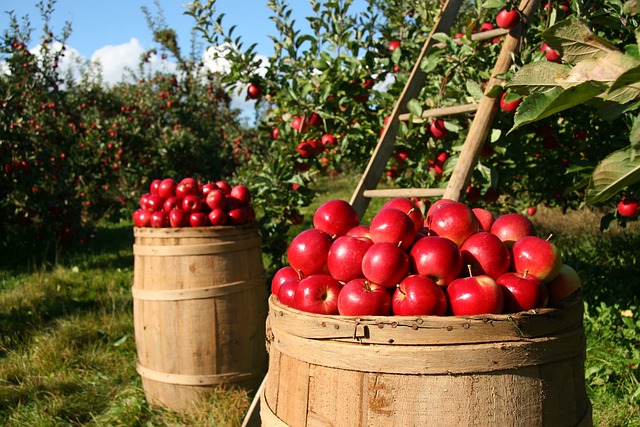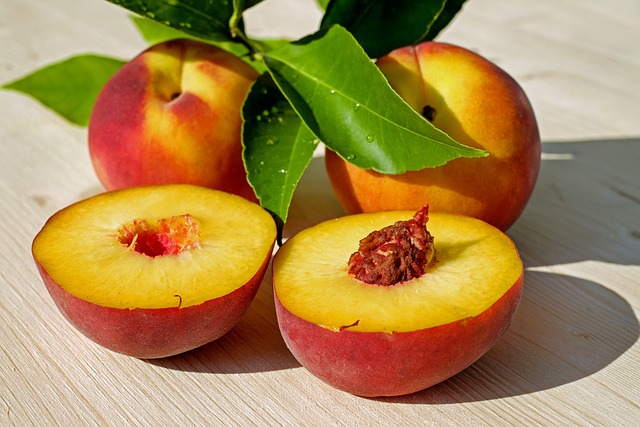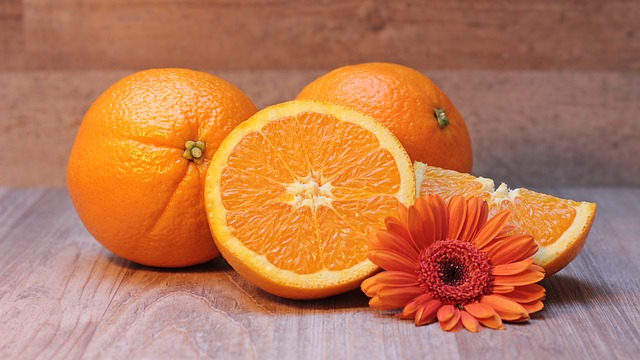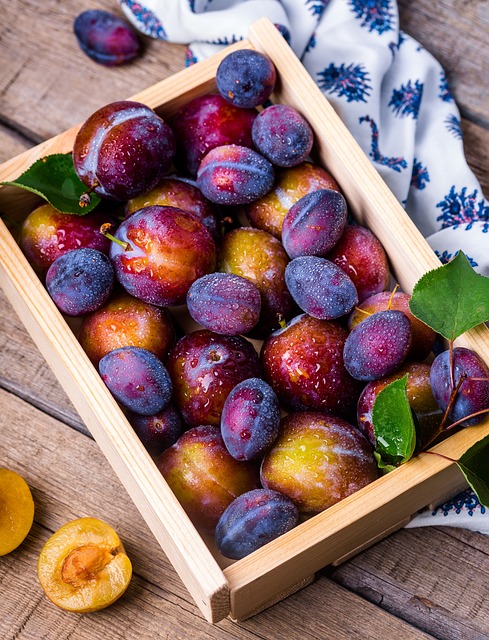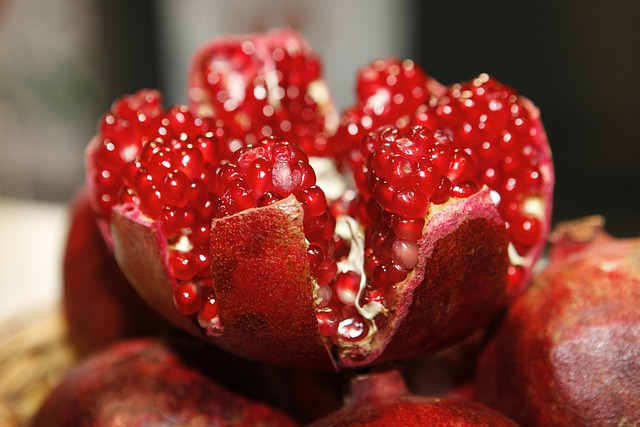Beyond Yogurt: Exploring Unique and Surprising Sources of Probiotics
Probiotics have gained popularity in recent years for their potential health benefits. These live microorganisms can promote a healthy gut and offer a range of other benefits including improved digestion, enhanced immunity, and even mental health support. While yogurt is a well-known source of probiotics, there are many other surprising sources that offer a diverse array of these beneficial bacteria.
Kefir
Kefir is a fermented milk drink that originated in the Caucasus Mountains. It is made by adding kefir grains (a combination of yeast and bacteria culture) to milk. The fermentation process produces a drink that is rich in probiotics, vitamins, and minerals. Kefir is known for its tart and tangy flavor and has been associated with various health benefits, including improved digestion and reduced inflammation. Many people find it to be a delicious and refreshing alternative to yogurt.
Kombucha
Kombucha is a fizzy, fermented tea drink that has gained a strong following in recent years. It is made by fermenting sweetened tea with a SCOBY (symbiotic culture of bacteria and yeast). While primarily known for its probiotic content, kombucha also contains antioxidants and organic acids. The fermentation process allows beneficial bacteria to thrive, resulting in a delicious and tangy beverage. Kombucha comes in a variety of flavors and can be a great addition to your daily probiotic intake.
Miso
Miso is a traditional Japanese seasoning made from fermented soybeans, rice, or barley. It is commonly used in soups, dressings, and marinades. Miso fermentation involves the use of the fungus Aspergillus oryzae, which helps develop its rich umami flavor. Apart from adding a savory taste to dishes, miso also offers probiotic benefits. It contains various bacterial strains that can support gut health and improve digestion. Incorporating miso into your meals is a tasty way to diversify your probiotic sources.
Sauerkraut
Sauerkraut is a popular fermented cabbage dish that originated in Germany. It is made by thinly slicing cabbage and fermenting it with lactic acid bacteria. The fermentation process not only enhances the flavor of the cabbage but also creates an environment where probiotics can flourish. Sauerkraut is packed with beneficial bacteria, vitamins, and fiber. It can be enjoyed as a side dish or added to sandwiches, salads, and even hot dogs for a healthy probiotic boost.
Kimchi
Kimchi is a staple in Korean cuisine and is made by fermenting vegetables, primarily cabbage, with various seasonings. The fermentation process enhances the flavor and promotes the growth of probiotic bacteria. Kimchi is known for its spicy and tangy taste and is a versatile condiment that can be enjoyed on its own or added to stir-fries, rice dishes, and wraps. Including kimchi in your diet can help diversify your probiotic intake while adding a delicious kick to your meals.
Tempeh
Tempeh is a plant-based protein source popular in vegetarian and vegan diets. It is made from fermented soybeans that are pressed into a firm cake-like form. The fermentation process binds the soybeans together and produces enzymes that aid digestion. Tempeh also contains beneficial bacteria that can support gut health. With its nutty flavor and firm texture, tempeh is a versatile ingredient that can be used in stir-fries, sandwiches, and even as a meat substitute in traditional dishes.
While yogurt remains a fantastic source of probiotics, there are many other options available to diversify your

